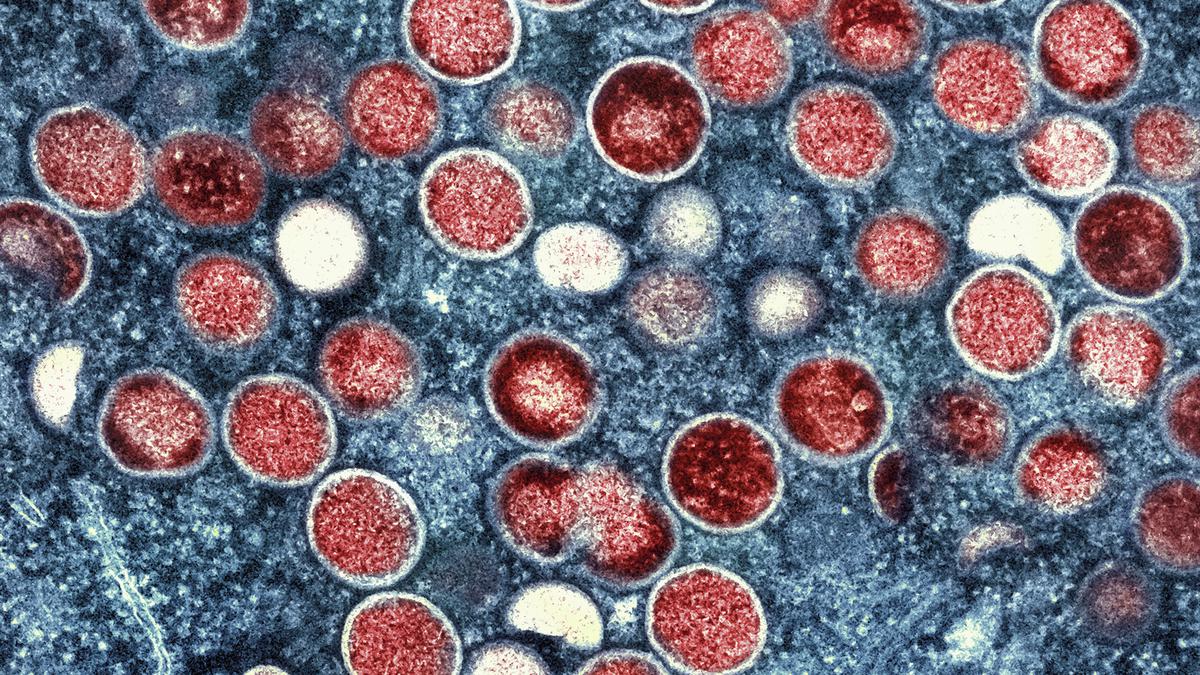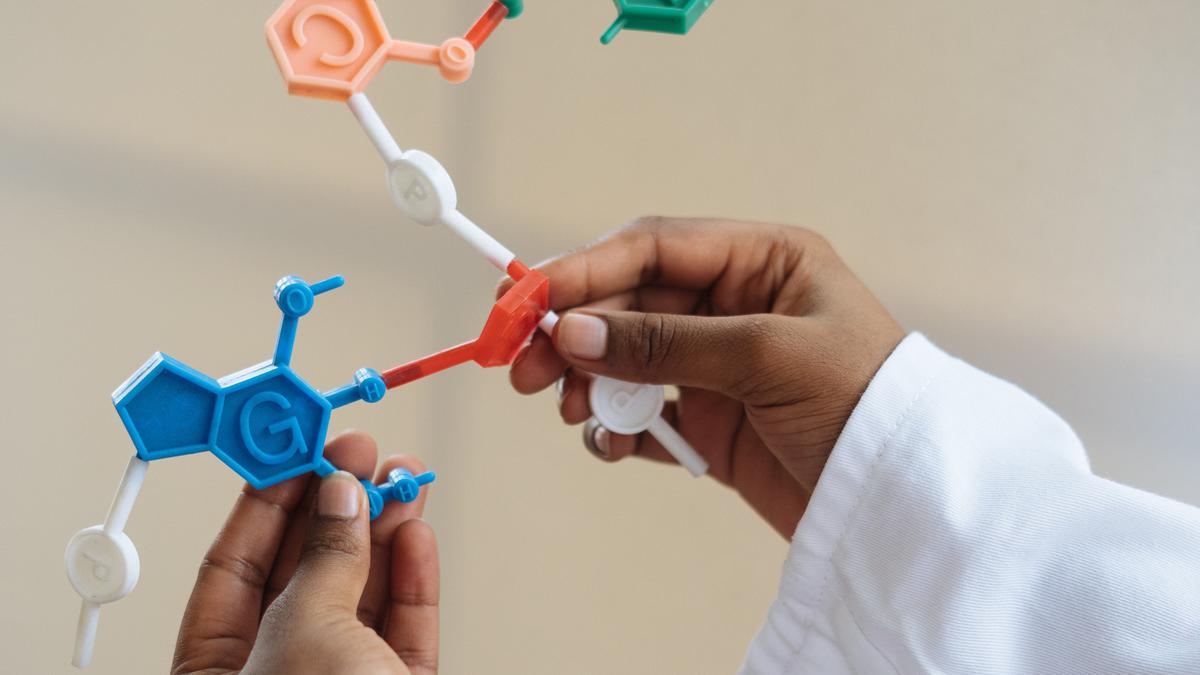An election marks a voter’s finger with indelible ink in a polling booth, May 13, 2024.
| Photo Credit: Nagara Gopal/The Hindu
1. Name the part of the finger — which appears in the open as an eye-shaped white portion where the fingernail meets the skin — from where it is most difficult to remove the staining ink. In fact, the stain doesn’t disappear from this portion until the body naturally grows a new nail.
2. Which laboratory under the Council of Scientific and Industrial Research first developed indelible ink for use during elections in India in 1952?
3. X is the company — technically an undertaking by the Government of Karnataka — that owns the sole licence to manufacture the ink used for elections in India. This company was established in 1937 by the then Maharaja of Mysore. Name X.
4. X (from Q4) also manufactures a sealing wax that the Election Commission uses to seal the ballot boxes and which _____ ____ used until 2022. In November that year, the latter replaced it with a recyclable option as part of a cleanliness campaign. Fill in the blanks.
5. In March 2020, the Election Commission of India allowed governments to use indelible ink for a non-electoral purpose, as long as it wasn’t applied on the left index finger. What was the purpose?
Visual question:
Name the light-sensitive compound — whose crystals are shown above — in election ink that gives it its characteristic indelibility when exposed to light. PUBLIC DOMAIN
Answers:
1. Cuticle
2. National Physical Laboratory
3. Mysore Paints & Varnish, Ltd.
4. India Post
5. To identify people who had completed quarantine (during the COVID-19 pandemic)
Visual: Silver nitrate











